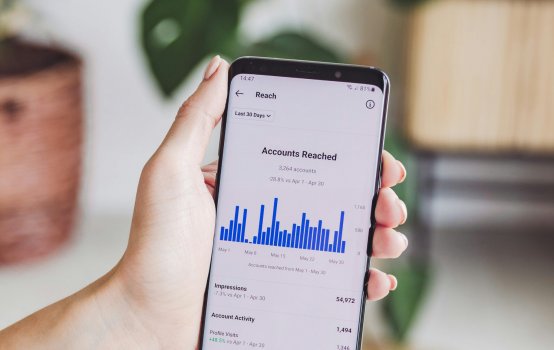In today’s data-saturated digital world, it can be tempting to rely on just a few key metrics to steer acquisition campaigns.
CPC, CTR, open rates, conversion rates, average basket value… These figures offer the advantage of being easy to track and compare.
But taken alone, they can provide an incomplete picture of real performance. Here’s a broad overview of key indicators and the limits to keep in mind to build real decision-making tools.
CPC
Cost per click is often used as an indicator of paid media efficiency. On some platforms, it can even be very competitive. But a low CPC doesn’t necessarily reflect the quality or intent of the generated traffic, nor its real contribution to business objectives.

What to watch out for:
- Audience type targeted (broad, affinity, intent-based?)
- What happens after the click? Is there any further action?
- Consistency between promise and delivery
It’s not the cost per click that matters, but what it enables.
CTR and open rate
Open and click-through rates help evaluate the ability of a message to capture attention and generate an initial interaction, especially on email, SMS, or display campaigns.
However, interpreting these requires deeper context, especially for email.
With recent iOS updates (notably Apple Mail Privacy Protection), open rates can be artificially inflated or poorly represent real engagement.
This doesn’t mean they’re irrelevant, but highlights the need for:
- Cross-reference with other signals (clicks, conversions, reactivations)
- Use them in relative comparison (by segment, campaign, over time)
- Complete analysis with regular tests on content or subject lines
📌 In summary: CTR and open rates remain valuable attention indicators, but on their own, they aren’t enough to judge a campaign’s overall performance.

Conversion rate
Conversion rate is often seen as the ultimate indicator. It really is a key benchmark… but only if you understand its drivers. These include:
- Entry point: cold traffic or intent-driven?
- Expected action: simple sign-up or purchase?
- Length of decision cycle
An average conversion rate can be very profitable if the value of the action is high.

📌 Another essential variable is the attribution model used.
Depending on whether you measure first click, last click, or use a data-driven model, the role of different touchpoints in conversion can be strongly revealed.
The key is to place the conversion rate within a holistic view of the customer journey.
The essential point is to link this rate to the quality of the traffic and the targeted objective.
Traffic volume
A large volume of traffic ensures visibility and supports the capacity of a device to reach an audience. But by itself, it doesn’t guarantee engagement or conversion.
Without systematic access to behavioral data post-click (bounce, time spent), analysis can still be enriched with:
- Conversion rates against objectives
- Cross-channel entry analysis
📌 Volume alone isn’t value. What counts is what that traffic triggers.
What this means for advertisers:
👉 All indicators are useful.
👉 None is sufficient alone.
To effectively manage a campaign, you need to cross-reference, contextualize, and link metrics to real objectives: visibility, activation, conversion, loyalty.
This also means considering attribution models that directly influence how you measure each lever’s contribution to the overall customer journey.
At R-Advertising, here’s what we do with our clients:
- Help interpret performance metrics
- Set up scenario-based objectives
- Build campaigns that go beyond clicks










